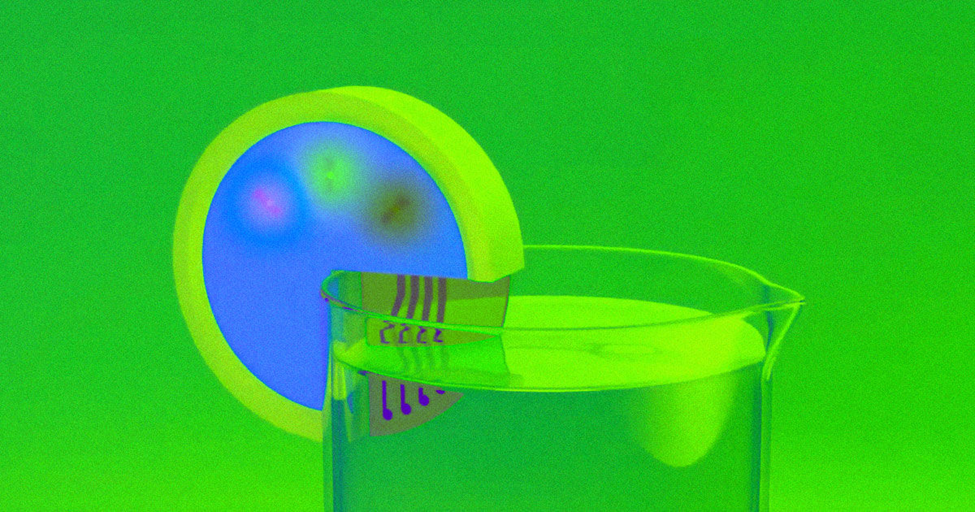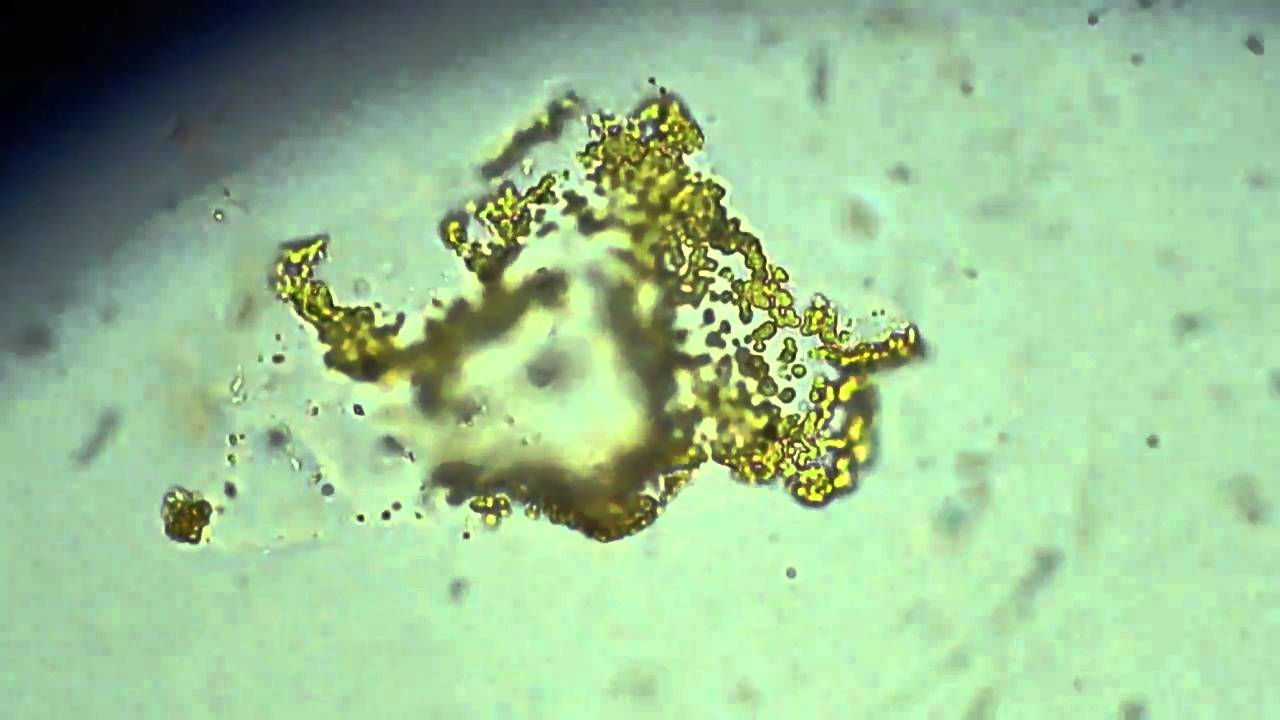
New “electronic tongue” to taste and identify liquids
Electronic tongues” are devices that can analyze materials just by coming in contact with them — and they have near-infinite applications, from testing water quality to ensuring an expensive wine isn’t a counterfeit.
The problem is most fall into one of two categories: portable and specialized for only certain materials, or stationary and versatile. But now, IBM researchers have unveiled a new electronic tongue capable of bridging gap, making it easier to identify a range of liquids on the fly.
The slit of the device allows to rest on the edge of a glass of liquid. Once in this position, an array of electrochemical sensors in the now-submerged part of Hyper taste can sense the presence of molecule combinations in the liquid.
The sensors then react to those molecules by producing measurable electrical signals that, when consider together, “give you something like a fingerprint of the particular liquid.
Once Hyper taste has this fingerprint, it transmits it to a mobile device, which in turn, sends it to a cloud server. There, an AI compares that fingerprint to the fingerprints of known liquids, and sends the closest match back to the mobile device.
The whole process from submersion to match takes less than a minute, and the device can identify any liquid whose fingerprint is added to the database — setting it apart from most of today’s electronic tongues.
 English
English Arabic
Arabic


